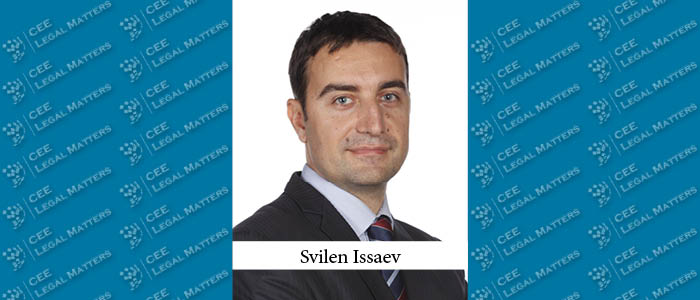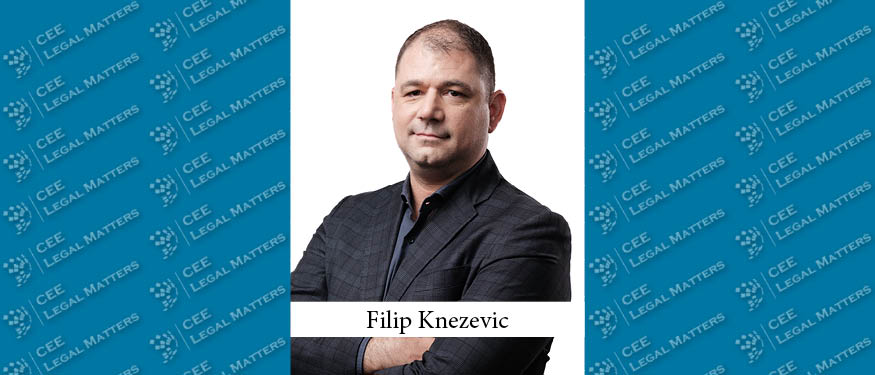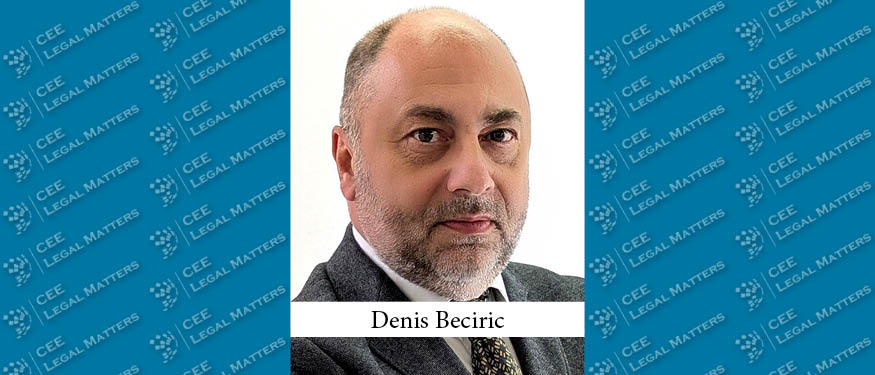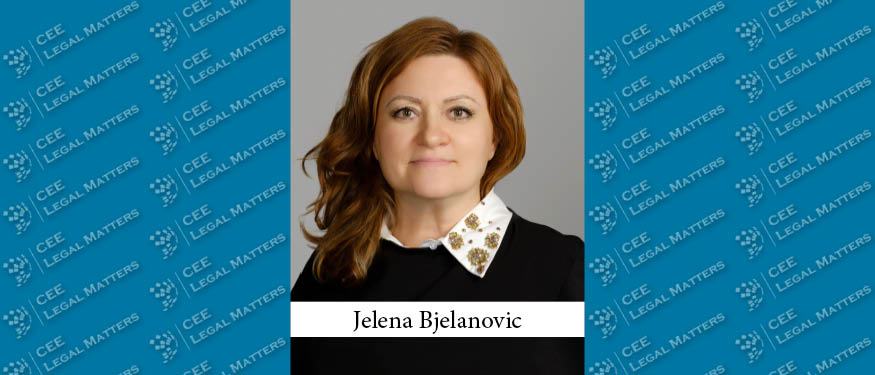New Customs Law brought about additional certainty in social relations – the subject law clearly envisages in its Article 35 that the customs authority may, in the procedure of post-release control/examination, verify the existence, authenticity, accuracy, and validity of any accompanying document.
When the post-clearance examination of the customs clearance indicates that the provisions governing certain customs procedures have been applied on the basis of incorrect or incomplete information, the customs authority undertakes in accordance with customs and other regulations in force the necessary measures and renders corresponding decisions in order to correct irregularities and align the legal situation with the newly determined circumstances. This provision is to be construed in such manner that the customs authority is obliged, if it receives in accordance with the Regional Convention on pan-Euro-Mediterranean preferential rules of origin (PEM Convention) from the customs authority of the importing state a request for subsequent verification of the proof of origin of goods1, in the procedure of post-release control in line with the Article 35 of the Customs Law, to verify authenticity, accuracy and validity of the proof of origin of goods. The procedure of post-release control should result in the rendering of an administrative act since the subject matter of this procedure is the legitimate interest of the exporter to use the proof of origin in a particular export clearance procedure.
In our practice, we have recently dealt with a case, where our customs authority acted upon the request of the customs administration of the importing state within the meaning of Article 32 of the PEM Convention and where our customs authority was obliged to conduct “subsequent verification of proof of origin of goods”. When we were dealing with the PEM Convention for the first time, we realized that the respective provision of the PEM Convention regulates (only) the manner of cooperation between customs administrations of contracting states/parties in cases, when one of them expresses doubt in authenticity, accuracy and validity of the proof of origin of goods. On the other side, the very procedure, in which authenticity, accuracy, and validity of the proof of origin of goods is being determined, is prescribed by the national legislation. Article 35 of the Customs Law sets forth that in the procedure of post-release examination/control, “the customs authority may verify accuracy and completeness of the information provided in a declaration, temporary storage declaration, entry summary declaration, exit summary declaration, re-export declaration or re-export notification, as well as existence, authenticity, accuracy, and validity of any and all accompanying documents…” The correctness of our view is additionally supported by Article 33 of the Customs Law, which defines the concept of customs control, which in particular consists of examining goods, taking samples, verifying of accuracy and completeness of the information provided in a declaration or notification and existence, authenticity, accuracy and validity of documents, examining of accounts and other records of business entities, inspecting of means of transport, inspecting of luggage and other goods carried by or on persons as well as conducting official inquiries and other similar acts. A customs authority may undertake any of these actions either in the procedure of so-called regular control of customs clearance/information provided in a customs declaration or in the procedure of post-release control2. This is so due to the fact that the Customs Law, Law on Inspection Supervision, and Law on General Administrative Procedure prescribe rules for conducting procedures by the customs authorities.
In the above-mentioned case that we were dealing with, we identified the practice of the customs authority that the procedure of “subsequent verification of the proof of origin of goods” upon request of the customs administration of the importing state was ended by way of delivering to the exporter a notification that the goods did not meet the criteria related to the preferential status within the meaning of PEM Convention. The procedure was initiated by way of ordering the exporter to submit the so-called evidentiary documentation, i.e. corresponding documents that prove the origin of the product at hand. After the exporter acted in accordance with the customs authorities’ request, it received after a while a notification that the subject goods did not meet the requirements for preferential status. The notification was delivered in the form of an ordinary letter.
For all those who were not involved in such a procedure, we hereby explain that the preferential status of goods is in the procedure of export clearance to be proved in such a way that the exporter submits in the very procedure of export clearance to the customs authority a request for issuance of EUR.1 movement certificate. The request is to be submitted on a form, set forth by PEM Convention as well as by the Ordinance on Customs Procedures and Customs Formalities. Along with the request the exporter is to submit a short-term or long-term manufacturer’s declaration on the origin of goods, whereas the customs authority, based on the proofs submitted, either issues the EUR.1 certificate or rejects the exporter’s request. By submitting the request, the exporter provides a statement of commitment that he shall, upon customs authorities’ request, submit all proves for the purpose of proving the preferential status of the goods (invoices and extracts from the bookkeeping records of the exporter and manufacturer). Such a statement is provided in the context of authorization of the customs authorities of the importing state to claim from the customs authorities of the exporting state to, in cases of doubt, conduct “subsequent verification of the proof of origin of goods”.
In the case at hand, the exporter is, by way of receiving from the customs authority of the Republic of Serbia, an “ordinary” notification that his goods do not meet requirements related to the preferential status of exported goods, deprived of his right to effective legal protection, respectively right to protect his rights and legitimate interest in a lawful procedure. As already mentioned, the customs authorities are authorised to undertake actions for the purpose of establishing the relevant facts and subsequently rendering corresponding administrative acts, by which they decide on the rights and legitimate interests of the parties involved, only and exclusively in procedures of either so-called regular control or post-release control. A procedure, that is conducted in a lawful manner, shall guarantee that the parties involved assert their rights and protect their legitimate interests. Such a view is further supported by the third paragraph of Article 35 of the Customs Law, which envisages that the customs authority is authorised, when the post-clearance examination of the customs declaration or the customs clearance indicates that the provisions governing certain customs procedures have been applied on the basis of incorrect or incomplete information, to undertake in accordance with customs and other regulations in force the necessary measures and render corresponding decisions in order to rectify irregularities and align the legal situation with the newly established circumstances.
In the case at hand, it is about a segment of the export clearance, respectively post-clearance examination of existence, authenticity, accuracy, and validity of customs document, i.e. certificate on the origin of goods. Our conclusion is that the customs authority is under paragraph 3 of Article 35 of the Customs Law obliged, if it finds that the regulations related to certain customs procedures have been applied on the basis of incorrect or incomplete information, to render a corresponding decision, respectively an administrative act, by which it shall set aside the EUR.1 certificate, or if this is not the case, terminate the post-release examination procedure (instead of ending the procedure of verification of the proof of origin merely by delivering to the exporter an ordinary letter). Our thesis is further supported by the Article 19 of the Customs Law, which sets forth cases, where the customs authority is authorised to set aside its decisions3. In the procedure of post-release control, the rules of the Law on Inspection Supervision are to be applied as well, based on paragraph 4 of Article 35 of the Customs Law. Hence, the customs authority was obliged to initiate the procedure by way of delivering to the exporter an order for conducting of post-clearance examination and, after having established all relevant facts, providing an explained opinion, which the party/exporter would be entitled to object. Should the customs authority then reject the party’s objection, it would be obliged to act in line with paragraph 3 of Article 35 of the Customs Law, i.e. to render an administrative act on annulment of the certificate of origin of goods.
By sending a mere notification the customs authority also deprived the exporter of the right to an effective legal remedy. If the customs authority fails to render a resolution, by which it decides on the party’s legitimate interest to assert the benefits, provided by the Customs Law, respectively to export the goods with preferential status, the exporter shall never get familiar with the reasons for deprivation of preferential status of goods. This is exactly the reason why the laws prescribe procedures for the purpose of establishing the existence, authenticity, accuracy, and validity of the proof of origin of goods. Furthermore, the legitimate interest of the exporter is also in keeping a successful business relationship with the importer and his business reputation as well as safeguarding the value of his assets in case of raising a claim for compensation of damages by the importer of respective goods (in case, when the customs authority finds that the goods do not have preferential status, wherefore the importer is obliged to pay in the importing state the import duties on the subject goods or to pay higher amount thereof).
We are of the opinion that we have good arguments for success in the procedure; it is not possible to defend the position that the party (exporter) is not entitled to assert his rights and protect his legitimate interests in a lawful procedure.
By Ivan Milosevic, Partner and Janez Voncina, Senior Associate, JPM & Partners

















